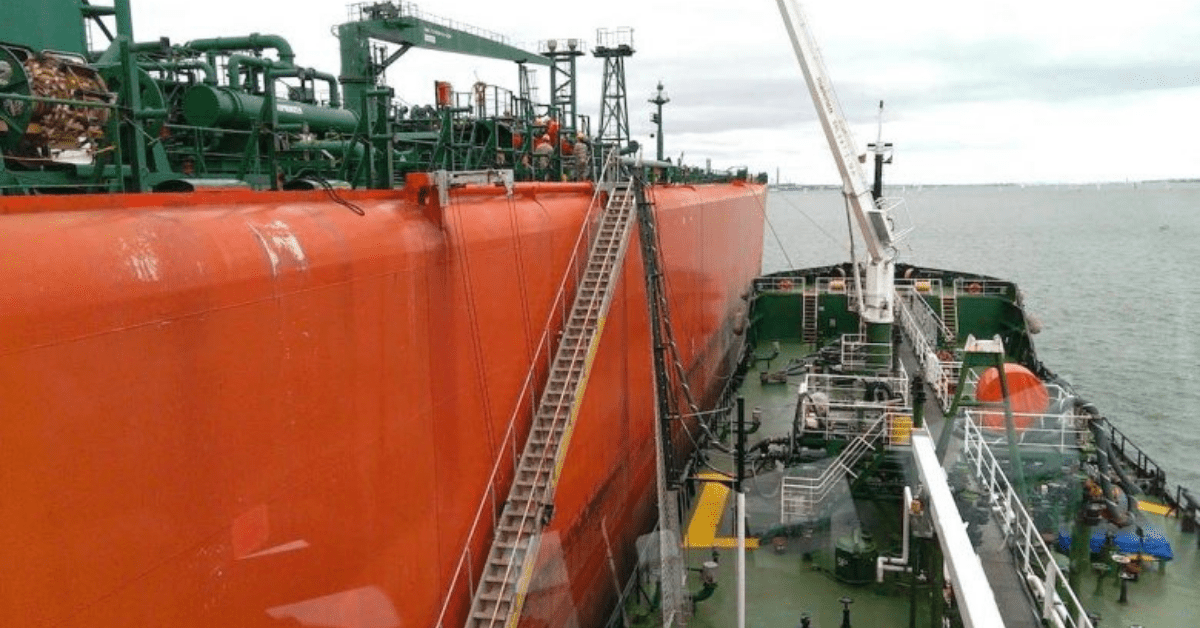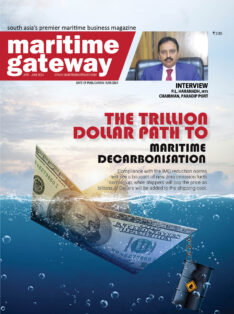Environmental Defense Fund (EDF) and Lloyd’s Register (LR) Maritime Decarbonisation Hub, in collaboration with Arup, have launched the Sustainable First Movers Initiative Identification Tool which will score a port’s potential to produce and bunker electrofuels while delivering local environmental and community benefits which align with the Paris Agreement’s 1.5 degrees Celsius target.
The tool is presented in a preliminary findings report, The Potential of Ports in Developing Sustainable First Movers Initiatives, which assesses 108 ports in the Indo-Pacific regions according to five criteria: land suitability, air quality, renewable energy surplus, economic resilience and ship traffic.
It is also applied to three different port scenarios, including ports exploring fuel production and bunkering, ports exploring fuel exports, and ports exploring fuel imports and bunkering.
The combined criteria and scenario evaluation determines which ports have the greatest potential for sustainable first mover initiatives to lead to significant emissions reductions and positive impacts in nearby communities, such as improved air quality and economic resilience.
Regions in the Global South are seen as fundamental in driving the decarbonisation of shipping. To make this transition effective, the rate at which different countries adopt and scale up electrofuels must be proportional to the difference in capital resources globally to avoid additional costs being passed on to local communities.
According to the report, in the scenario looking at those ports that are exploring fuel production and bunkering options – and taking into account the five criteria – there are a few that show ‘a good combination across all criteria’, including: Jawaharlal Nehru Port Trust (JNPT) and Mumbai ports in India, Khawr Khasab port in Oman, Chittagong port in Bangladesh, Shanghai and Tianjin Xin Gang ports in China. The report highlights that it is important to bear in mind that that not many ports will score high in each criterion as it difficult to find ideal conditions.
‘Ports can play an important role in kickstarting shipping’s decarbonisation process even before global policies are established,’ said Marie Cabbia Hubatova, Director, Global Shipping at Environmental Defense Fund.
‘By considering the impact sustainable first mover initiatives can have on port-side communities, climate, environment and economies, resources can be better directed to locations where these initiatives will make the biggest difference.’
Dr Carlo Raucci, Consultant at Lloyd’s Register Maritime Decarbonisation Hub, noted that: ‘The transition to clean energy supply for shipping can be achieved only if stakeholders act together. Identifying potential port locations is the first step in this process.
‘This approach sets the base for a regional sustainable transition that considers the impacts on port-side communities and the need to avoid regions in the Global South lagging behind.’
Mark Button, Associate, Arup, added: ‘Our collective approach shows that taking a holistic view of shipping traffic, fuel production potential and port communities could help prioritise action at ports with the greatest near-term potential.’
The new tool can be customised according to stakeholders’ needs. The next phase of the work will include the selection and detailed assessment of 10 ports to help better understand local needs and maximise the value offered by sustainable first mover initiatives.








